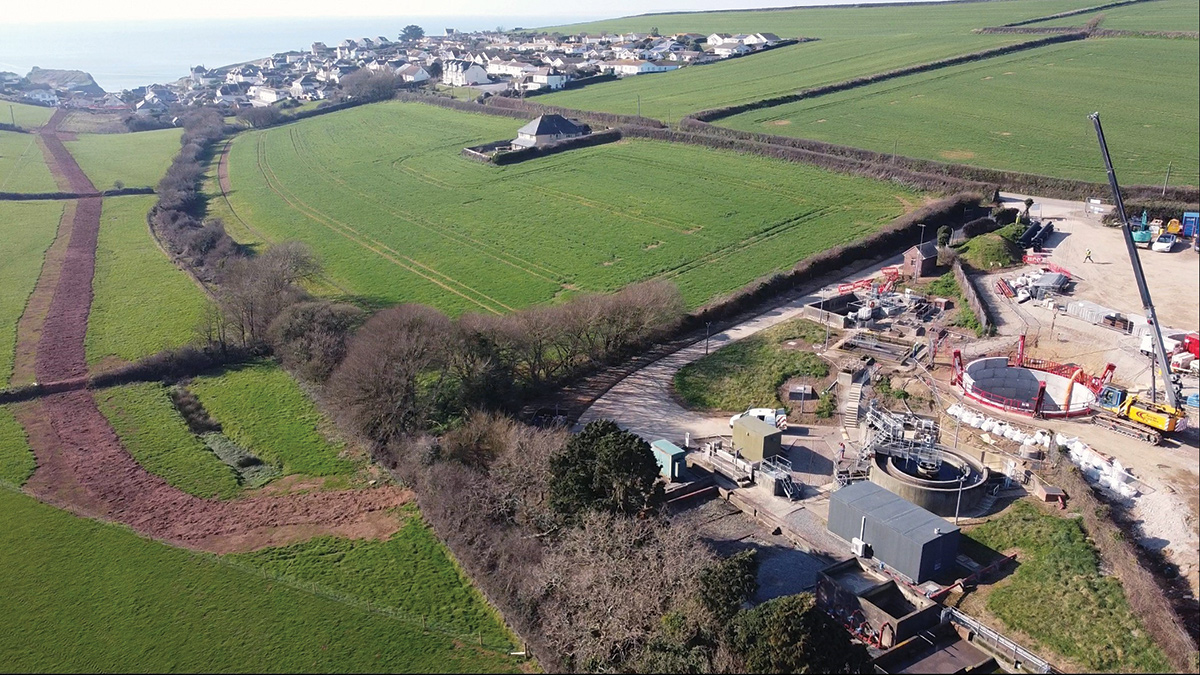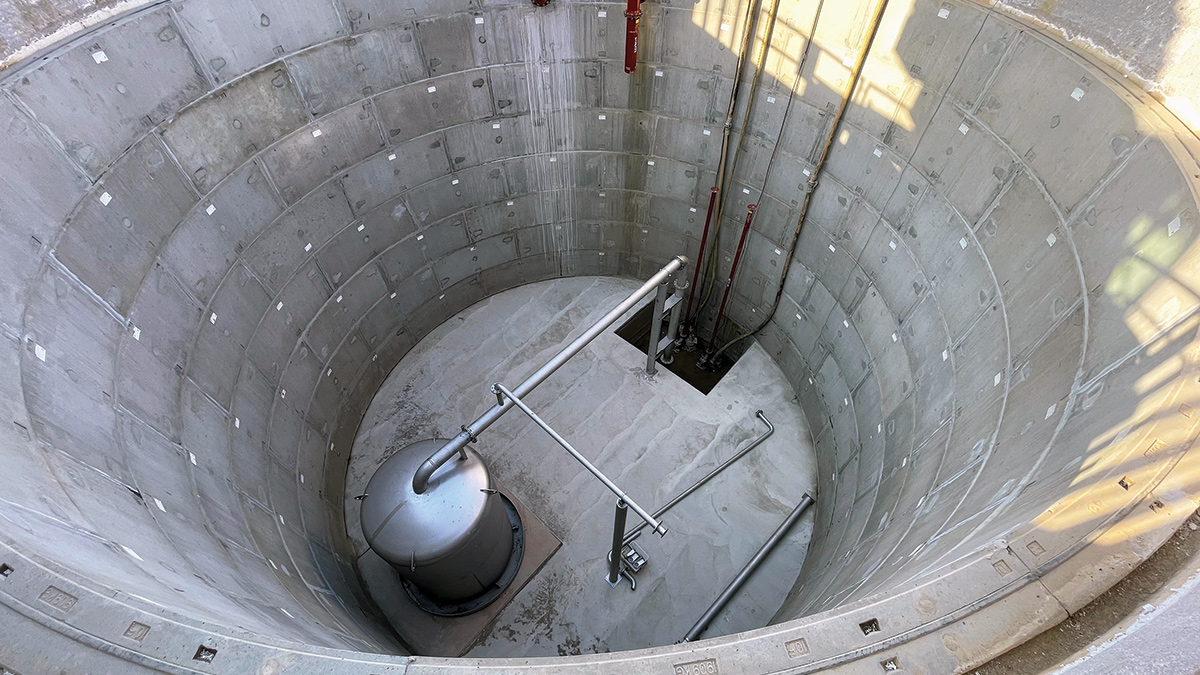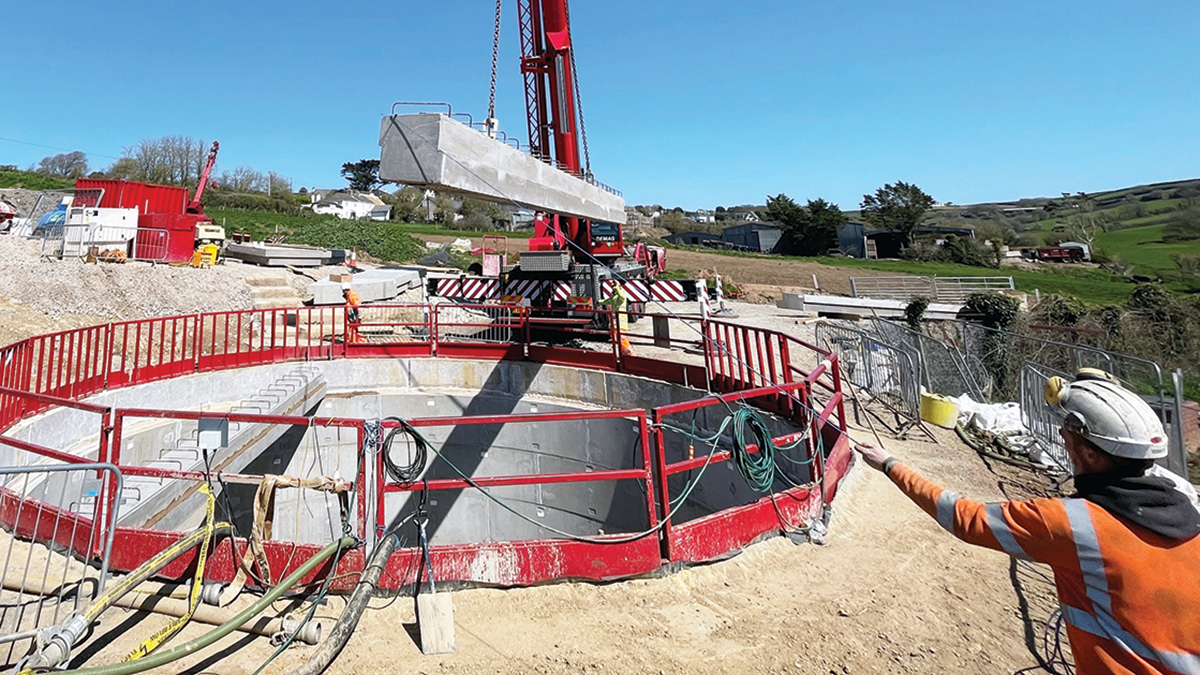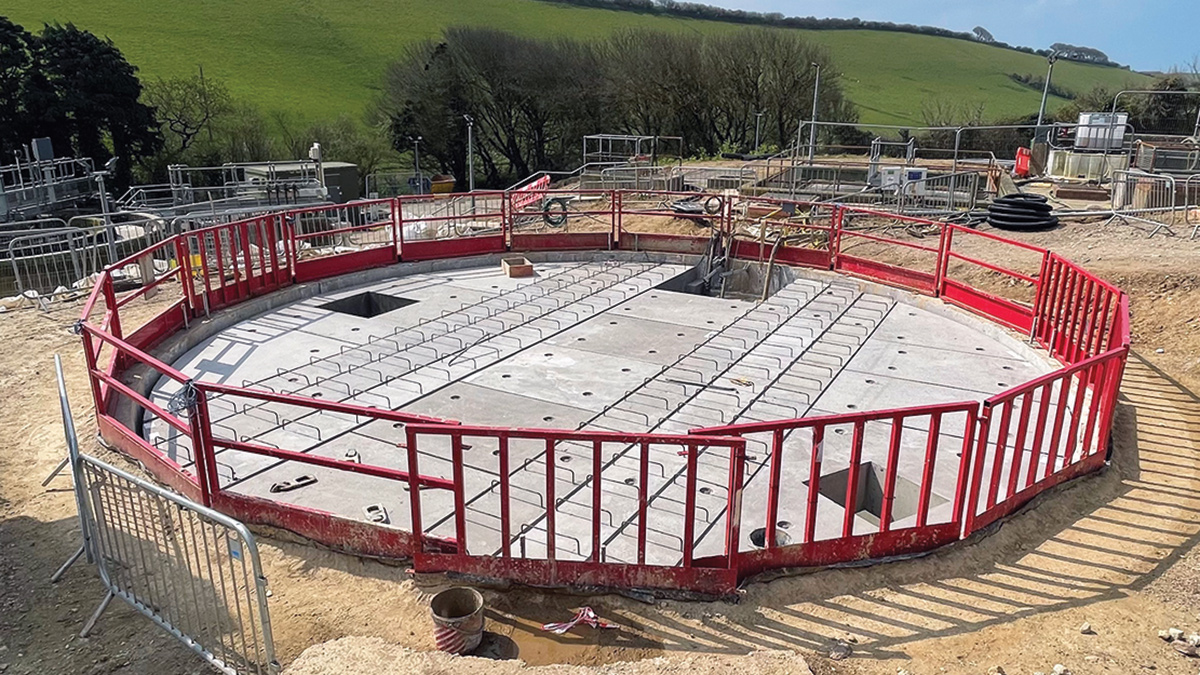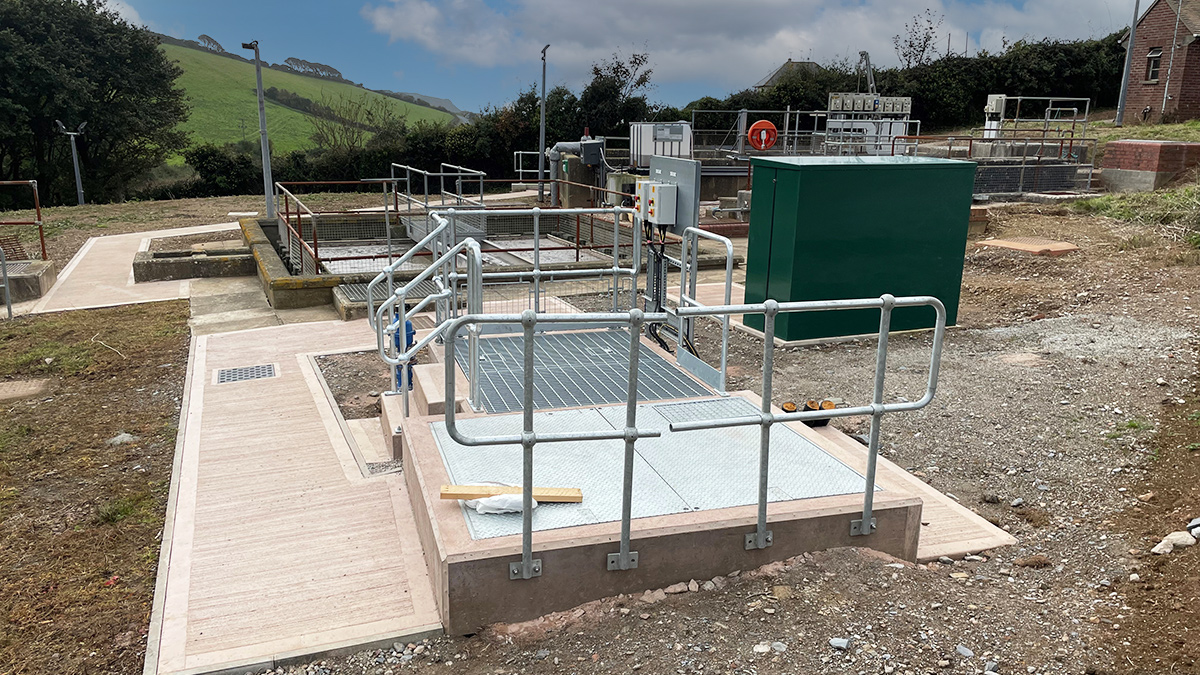Hope Cove – Stormwater Storage
About This Project
The Galmpton Catchment Bathing Waters Project (2024) in South Devon, aimed to reduce stormwater spills and improve water quality at Hope Cove’s popular beaches. To meet WINEP standards of fewer than two significant spills per bathing season, the project involved a combination of infrastructure upgrades including surface water separation, enhancements to the Inner and Outer Hope pumping stations, a new 1km rising main, and a 700m³ below-ground stormwater storage shaft at Galmpton STW. Mechanical screening was installed to treat all overflows, ensuring settled and screened discharges. The improvements enable increased storm flow capacity while protecting the sensitive coastal environment, with long-term benefits to public health, tourism, and local ecology.
The Galmpton Catchment Bathing Waters Project presented a complex set of engineering, logistical, and environmental challenges, particularly in the design and construction of the below-ground stormwater storage shaft. One of the most significant challenges was the remote and constrained nature of the site, located in the rural and topographically challenging landscape of South Devon. The narrow, winding access roads—typical of the region—were not designed to accommodate the volume or size of heavy plant equipment and materials needed for a 12m diameter, 11m deep shaft. In response, the team developed a highly detailed logistics plan that included route surveys, pre-planned lay-bys, and out-of-hours vehicle movements. Deliveries of oversized components were scheduled during night-time hours and coordinated with escort vehicles and traffic marshals to navigate the single-track roads safely and with minimal disruption to local residents.
Another significant challenge involved the geotechnical and environmental sensitivity of the shaft construction itself. The proximity to both residential properties and the coastline meant that noise, vibration, and visual impact had to be tightly controlled. Active Tunnelling adopted low-impact construction techniques, including vibration-controlled piling methods and real-time environmental monitoring to ensure compliance with regulatory thresholds.
The technical design of the shaft itself posed further complexity. Space limitations ruled out above-ground stormwater storage, and the shaft needed to interface with both existing and new infrastructure, including rising mains, storm return pumps, and mechanical screening. Active Tunnelling delivered an integrated shaft system incorporating a flushing bell to manage sedimentation, a dedicated pump sump with temporary and permanent return systems, and precision-fabricated precast concrete shaft segments to reduce time on site and improve build accuracy. The entire structure was completed ahead of schedule, enabling early commissioning and ensuring compliance with regulatory targets
Client:
Galliford Try
Location:
Hope Cove
Value:
£620,000.00
Duration:
12 Weeks

